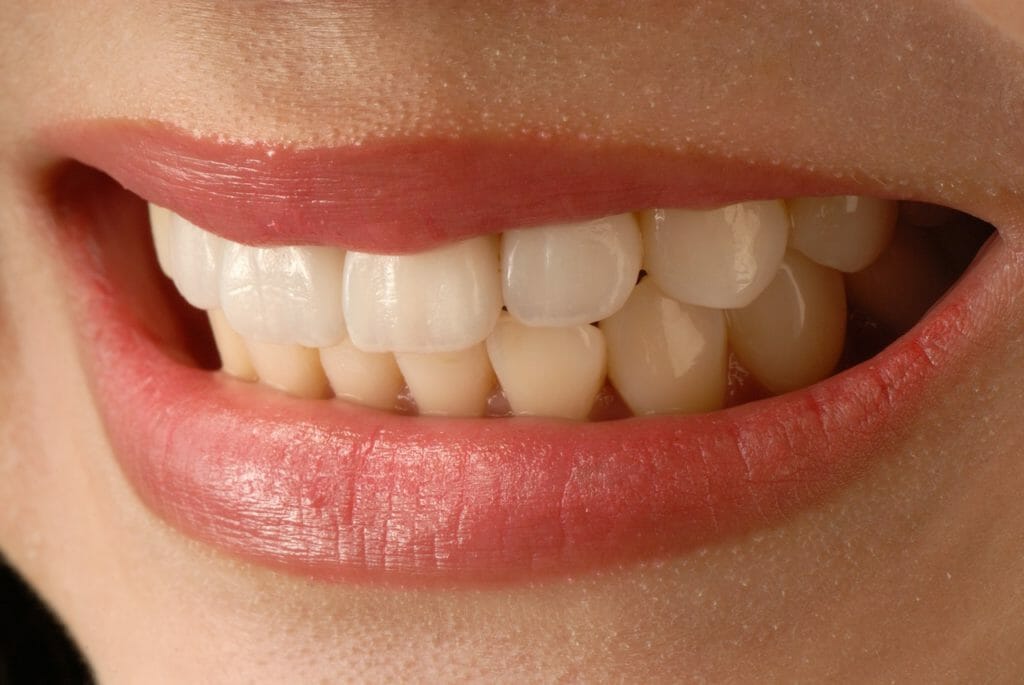Although it is not much fun to get your teeth pulled, the discomfort normally takes a few days to resolve. Dry socket refers to the condition where the pain fails to resolve and even worsens. Let’s explore the truth concerning the dry socket condition and dismiss some myths and fears!
Dry Sockets Signs and Symptoms
Dry socket, also known as alveolar osteitis, occurs in about 6% of people after extracting their wisdom teeth. However, this is not a familiar condition to many. Although dry socket is usually related to extraction of a wisdom tooth, it might occur when you have your tooth pulled.
Generally a periodontic specialist, such as Dr. Kevin Calongne can tell if you have dry socket by examining the area. Below are some dry socket symptoms.
- An opening within the missing teeth site, normally, you should see a dark spot; however, you will see the white part of the bone with this condition.
- Dry sockets result in discomfort that gets worse with time following tooth extraction. Mostly the discomfort will cover the entire side of the face and can even spread to your ear.
- Additionally, you may have a foul taste and bad breath in your mouth.
Possible Dry Socket Complications
If you experience a dry socket condition, it normally lasts for less than a week, based on how you manage it. In a few cases, people may develop infections manifested by chills and fever, pus or discharge, redness, and swelling. If you experience any of these signs, make sure you immediately call your dental specialist.
Dry Socket Causes
Typically, blood will clot at the site after a tooth is pulled to protect your underlying nerves and bone. The formed clot serves as protection to the tissue as the site heals. On the other hand, when the clot fails to form, dissolve, or dislodge, the underlying nerve and bone will remain exposed to everything (such as fluids, food, and air) entering your mouth.
Factors Leading to Development of Dry Socket
Naturally, some circumstances can place you at higher risk of developing a dry socket. Below is a list of risk factors that may lead to a dry socket.
- History of this condition after tooth extraction in your family
- Poor oral hygiene
- Birth control pills usage
- Extraction of wisdom tooth
- Spitting a lot following tooth extraction
- Use of tobacco
Preventing Dry Socket
There are no known ways to prevent dry sockets; however, few precautions may help. Taking extra care a few weeks before your surgery and one week after the procedure is a good way to prevent a dry socket.
1. Things to Do Before Tooth Extraction Procedure
Please avoid the use of tobacco products as they have a higher correlation to causing dry sockets. Women taking birth control pills should try to schedule their surgery when they have the lowest estrogen dose. Be sure to notify your dental specialist of any prescriptions you take; this is because some might interfere with blood’s clotting abilities.
2. After Tooth Extraction
It is recommendable that you follow your dentist’s advice, particularly mouth rinsing. Additionally, try to avoid:
- Use of spitting and straws
- Use of tobacco
- Sticky food
Dry Socket Treatment
Fixing a dry socket condition is not a complex process. Houston Periodontist, Dr. Kevin Calongne will clean your tooth socket and then fill it using medicated dressing. To manage your pain, you might need to take some painkillers. Antibiotics may also be prescribed to prevent any infection. A dry socket is a treatable condition, especially when you notice it early.
Contact West Houston Periodontics if you have any concerns about oral health or planning to visit a professional for periodontic care.

